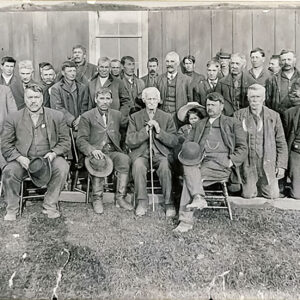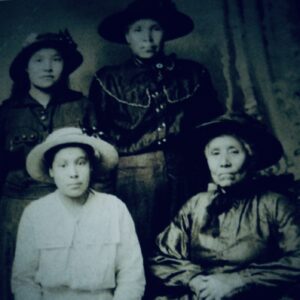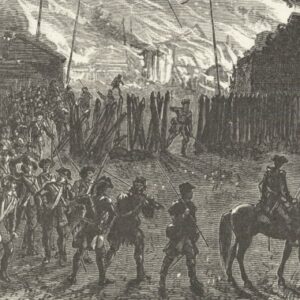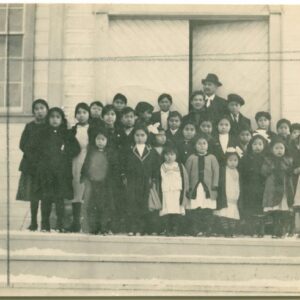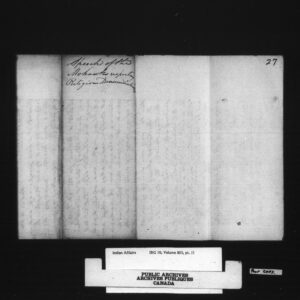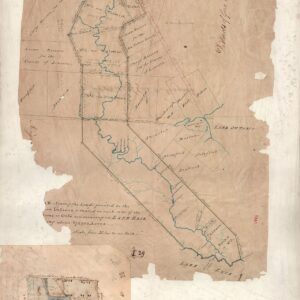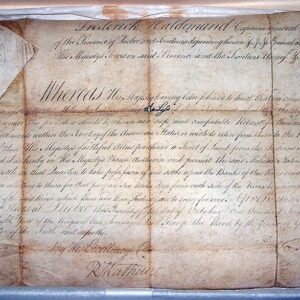
OTTAWA — On November 27th, 1920, the Commissioner of Indian Affairs received a field report from traveling Doctor, F.A. Corbett in which several serious health issues are reported across Alberta.
He begins his list of horrors at the Old Sun Blackfoot Residential School, of which he reports that fifty to 70 percent of the 50 pupils in their care have obvious evidence of Tuberculosis.
“Five of these have scrofulous sores requiring active (surgical) treatment.”
He reports the case of three other young students with enlarged tuberculous glands.
The recommended treatment included lots of milk and eggs. Normally good advice, except that many of the schools, including the Mohawk Institute, were having issues with tubercular cows which provided the source of the milk.
Emma Big Old Man was one of the young Blackfoot girls whose suffering is specifically noted. Dr. Corbett found a large tuberculous abscess on her neck and jaw requiring immediate surgery.
Mary Red Morning is also described as suffering from tuberculosis ulcers of the chest and neck also requiring urgent treatment.
Felix Little Backbone, Sara Turning Robe, and Annie Cutter were also students listed as in need of surgery as soon as could be arranged.
“William Calfrobe is suffering from tuberculosis of the lungs, especially of the left apex and should not be in the school, as he is a danger to the other pupils as well as in a precarious state of health himself,” wrote Dr. Corbett.
Tuberculosis was not the only disease running rampage through the schools visited by Corbett. He was shocked by the condition of the children and held nothing back in his report.
“Five boys and three girls are suffering from disease of the eyes sufficiently acute to require active treatment,” he goes on. “Sixty percent of the pupils have scabies or itch, many of them in an aggravated form.”
He shows his disgust by reporting, “The condition has been neglected or unrecognized and has plainly gone on for months. The hands and arms, and in fact the whole bodies of many of the children being covered with crust and sores from this disgusting disease.”
Using two more girls as examples, he writes, “Jean Spotted One and Elsie Many Goods, have sores on the backs of their heads fully three inches across and heaped up with crusts nearly half an inch deep.”
It seems the doctor had to tell the staff at the school how to deal with some of the most basic of healthcare. What’s more, he offered recommendations for the basic layout of the school itself, noting a lack of ventilation, lack of open-air activities, overcrowding and low ceilings soft unvarnished floors which are hard to keep clean. He notices that there is no infirmary to separate the sick from the rest of the population. Even tubercular kids were not segregated from general population.
It’s one thing to be told about certain historical periods of history, but it is quite another to read, first hand, the documents surrounding that event. To study for yourself the particulars of what happened at the residential schools, go to the Government of Canada Collection, Library and Archives.





